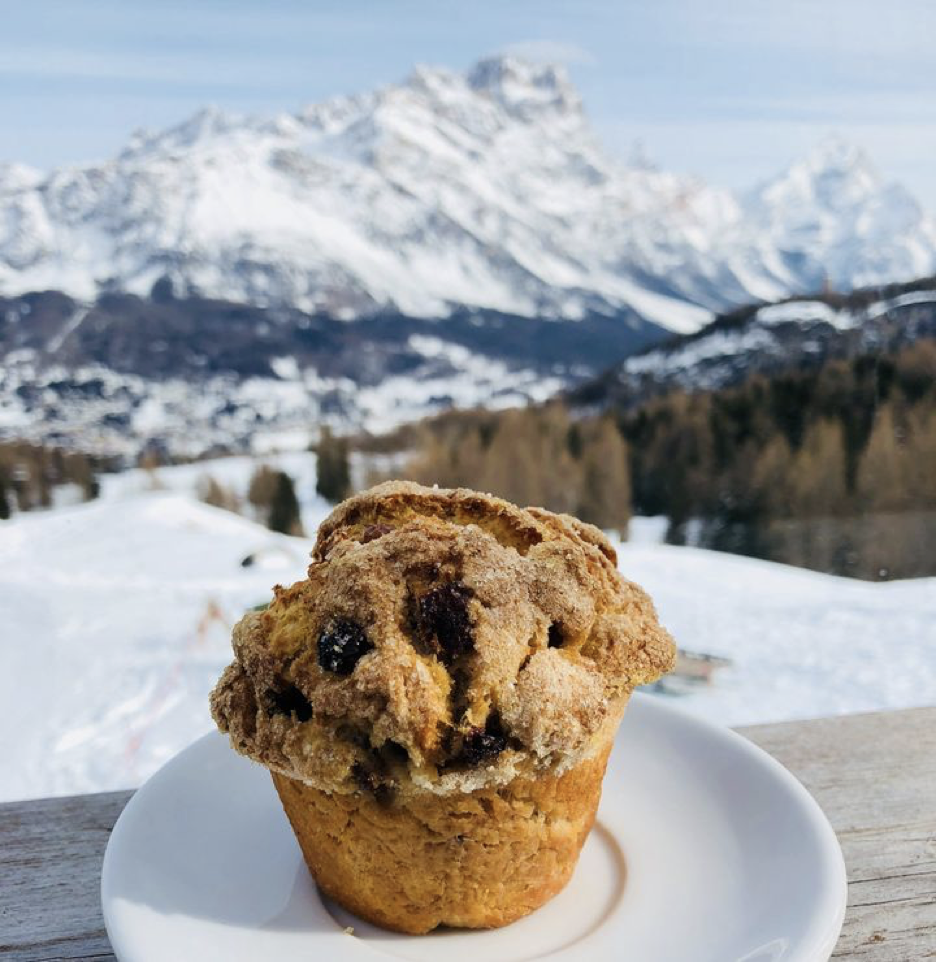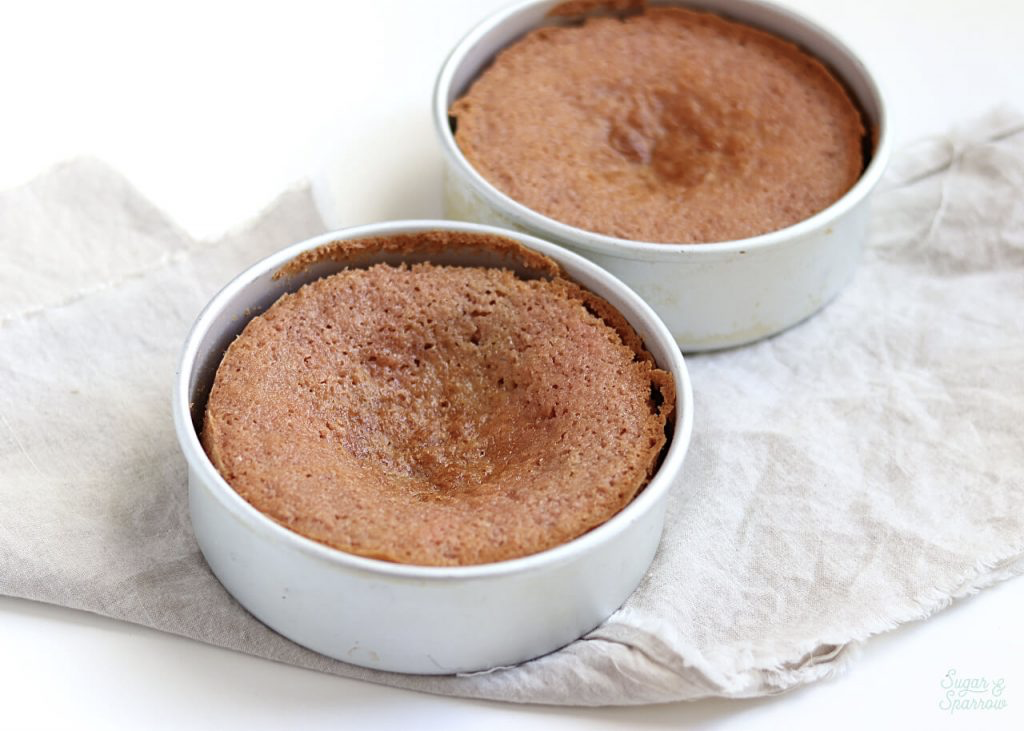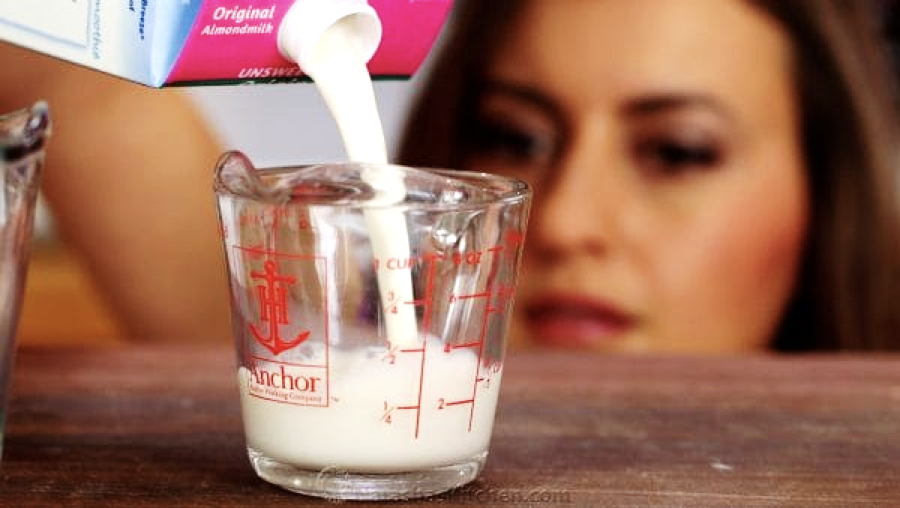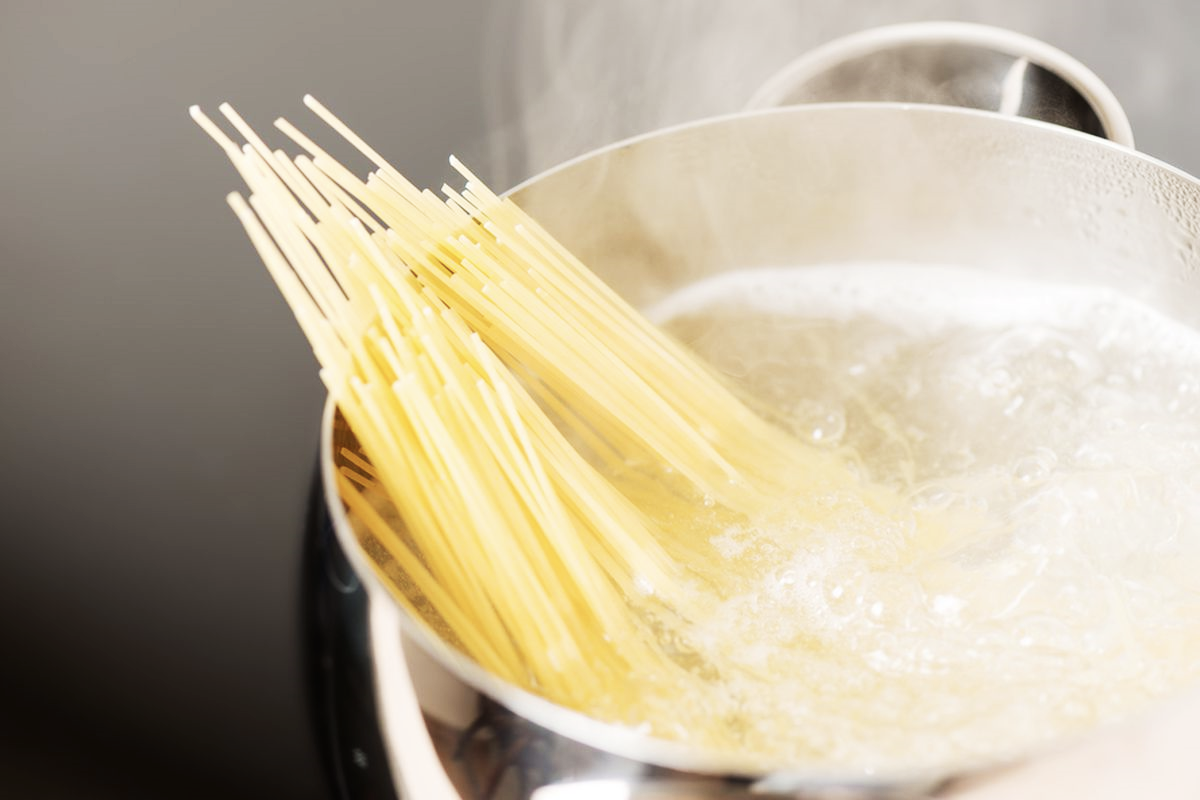Successful Baking at HIGH Altitudes
Were you aware that because air pressure decreases as the elevation increases, many foods respond differently at high altitudes - and not just baked goods, but beans, stews, fried foods, pasta, etc.?

While you typically need to experiment a bit to find what adjustments work best for your recipes where you are, there are some standard adjustments you can make to increase the odds of a successful end product.
The professional chefs at www.ochef.com, say cooking science explains it this way: With less air pressure weighing them down, leavening agents tend to work too quickly at higher altitudes, so by the time the food is cooked, most of the gasses have escaped, producing a “flat tire.” For cakes leavened by egg whites, for instance, you should only beat them to a soft-peak consistency. This will keep them from deflating as they bake.

Also, high altitude baking calls for decreasing the amount of baking powder or soda in your recipes by 15% to 25% (one-eighth to one quarter teaspoon per teaspoon specified in the recipe) at 5,000 feet, and by 25% or more at 7,000. And for cakes and cookies, raise the oven temperature by 20° or so (to set the batter before the cells formed by the leavening gas expand too much, causing the cake or cookies to fall), and then slightly shorten the cooking time.
Flour tends to be drier at high elevation, so increase the amount of liquid in the recipe by 2 to 3 tablespoons for each cup of flour called for at 5,000 feet, and by 3 to 4 tablespoons at 7,000 ft. Often you will want to decrease the amount of sugar in a recipe by 1 to 3 tablespoons for each cup of sugar called for in the recipe.

On the non-baking front, because water boils at a lower temperature the higher you go (212° at sea level, 203° at 5,000 feet, 198° at 7,500 feet), foods cooked in water have to be cooked substantially longer to get them done. Pasta needs a furious boil and longer time. Beans need to be cooked twice as long at 7,000 feet, and above that height, it's nearly impossible to cook them through without the use of a pressure cooker (which raises the boiling point of water). Slow stews and braises may need an hour extra for every 1,000 feet you live above 4,000 feet.

In general, the ochef.com professionals say you should keep modifications on the small side the first time you prepare a recipe, and adjust as needed subsequently.
blog comments powered by Disqus

While you typically need to experiment a bit to find what adjustments work best for your recipes where you are, there are some standard adjustments you can make to increase the odds of a successful end product.
The professional chefs at www.ochef.com, say cooking science explains it this way: With less air pressure weighing them down, leavening agents tend to work too quickly at higher altitudes, so by the time the food is cooked, most of the gasses have escaped, producing a “flat tire.” For cakes leavened by egg whites, for instance, you should only beat them to a soft-peak consistency. This will keep them from deflating as they bake.

Also, high altitude baking calls for decreasing the amount of baking powder or soda in your recipes by 15% to 25% (one-eighth to one quarter teaspoon per teaspoon specified in the recipe) at 5,000 feet, and by 25% or more at 7,000. And for cakes and cookies, raise the oven temperature by 20° or so (to set the batter before the cells formed by the leavening gas expand too much, causing the cake or cookies to fall), and then slightly shorten the cooking time.
Flour tends to be drier at high elevation, so increase the amount of liquid in the recipe by 2 to 3 tablespoons for each cup of flour called for at 5,000 feet, and by 3 to 4 tablespoons at 7,000 ft. Often you will want to decrease the amount of sugar in a recipe by 1 to 3 tablespoons for each cup of sugar called for in the recipe.

On the non-baking front, because water boils at a lower temperature the higher you go (212° at sea level, 203° at 5,000 feet, 198° at 7,500 feet), foods cooked in water have to be cooked substantially longer to get them done. Pasta needs a furious boil and longer time. Beans need to be cooked twice as long at 7,000 feet, and above that height, it's nearly impossible to cook them through without the use of a pressure cooker (which raises the boiling point of water). Slow stews and braises may need an hour extra for every 1,000 feet you live above 4,000 feet.

In general, the ochef.com professionals say you should keep modifications on the small side the first time you prepare a recipe, and adjust as needed subsequently.
Sources:
- www.huffpost.com
- www.sugarandsparrow.com
- www.natashaskitchen.com
- www.eater.com
 Alice Osborne
Alice Osborne
Weekly Newsletter Contributor since 2006
Email the author! alice@dvo.com
